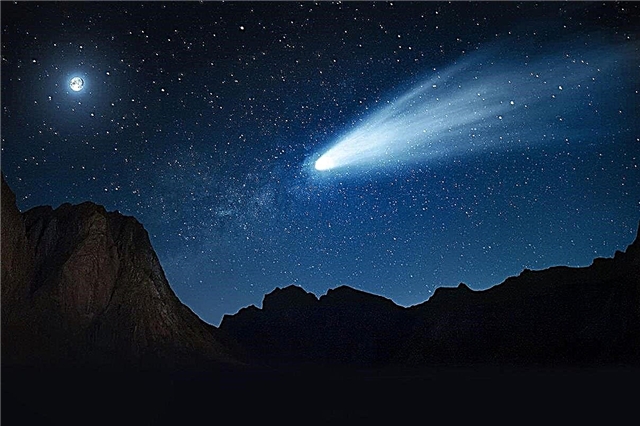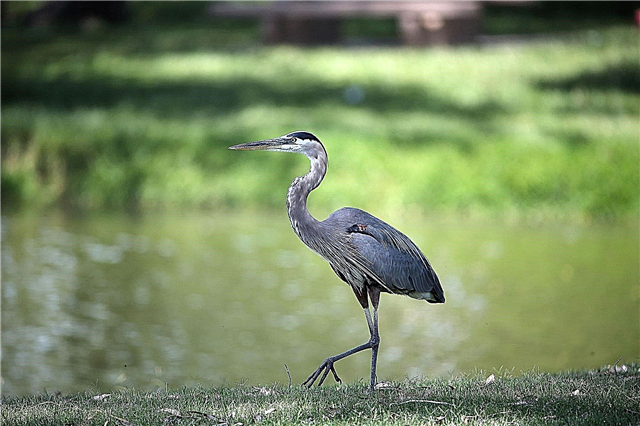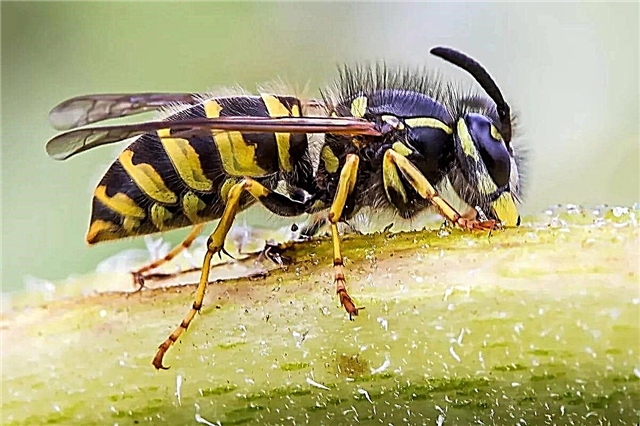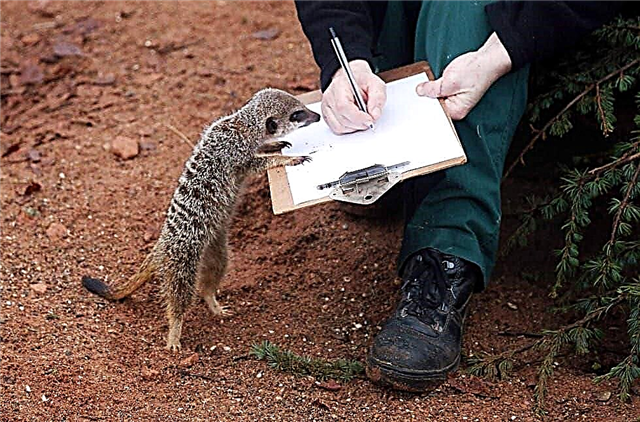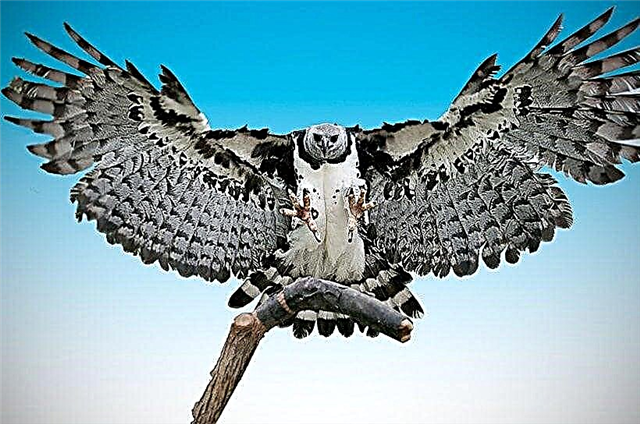
Scientists say that life originated on Earth about 4 billion years ago. About 3 billion years ago, unicellular organisms united into creatures consisting of several cells.
For contrast, we point out that the human body consists of 100 trillion cells. Since then, blue-green algae ruled the world. Their kingdom ended only 600 million years ago.
And then life began to multiply in an incomprehensible multitude of forms. Over time, fish, land plants, and insects arose. Later the first reptiles (reptiles) appeared, and then the dinosaurs.

When dinosaurs became extinct 65 million years ago, mammals spread on land, the first birds flew into the air, flowers bloomed. As time went. Monkeys and anthropoid apes (broad-nosed and flat-nosed apes) appeared on Earth, and finally, only a few million years ago a man appeared.
Since more complex organisms arose over time, evolution is presented as a ladder, on the lower rung of which are unicellular organisms, on the upper landing are people, and in the interval are all other animals and plants.
But evolution is more like a tree branch. Every animal (and plant) that exists today can trace the history of its ancestors to a unicellular organism - the ancestor of all animals and plants.
Your dog is as complicated as you are. Both the dog and the man took millions of years to reach their present state. One branch of the tree of life led to the dog, the other to the man. Life today continues to develop further.

